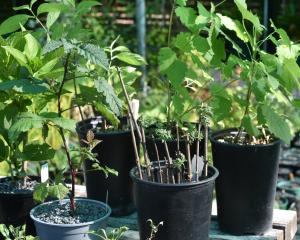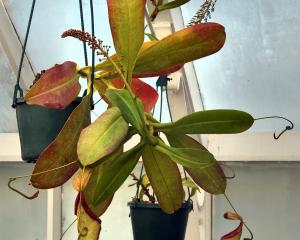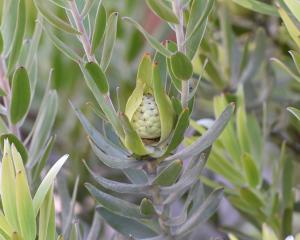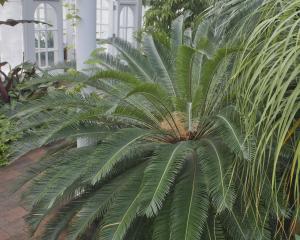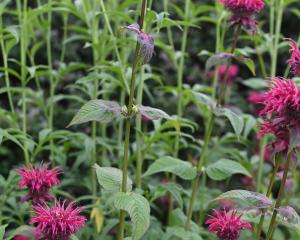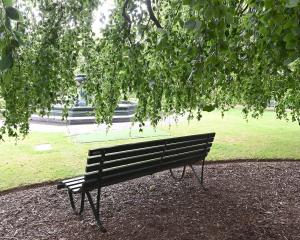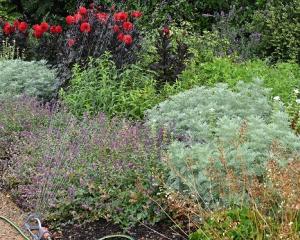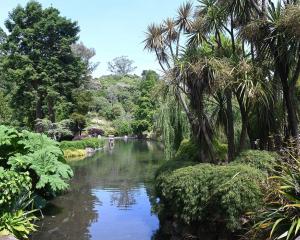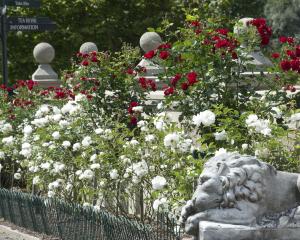
There are more than 60 species, most of which have prickly, needle-like, juvenile leaves that mature to softer foliage. If you are unsure if a young conifer is a juniper, stick your hand into it!
The other tell-tale characteristic that distinguishes junipers from other conifers is the female cone: fleshy scales are fused together to form a berry.
Juniperus communis berries give the unique flavour to gin (unripe green berries) and general cooking (ripe black berries). Not all juniper berries are edible, though; many are very bitter and a few species are poisonous.
In general, junipers like plenty of sun, and will tolerate poor, dry soils, so are a useful landscaping plant. Conifers usually should be pruned lightly and often. However, many junipers will respond very well to heavy pruning and even re-sprout from bare wood.
Juniper species are very variable, and hundreds of cultivars have been chosen from the wild and through cultivation to provide us with a huge variety of garden plants.
There are about 50 species and cultivars growing at Dunedin Botanic Garden. These range from the tiny exclamation mark of Juniperus communis 'Compressa' in the rock garden, through the prostrate shore juniper Juniperus rigida var. conferta in the conifer cultivar collection, to the group of large specimen trees in the arboretum.
Garden Life is produced by Dunedin Botanic Garden. For further information, contact Robyn Abernethy.




